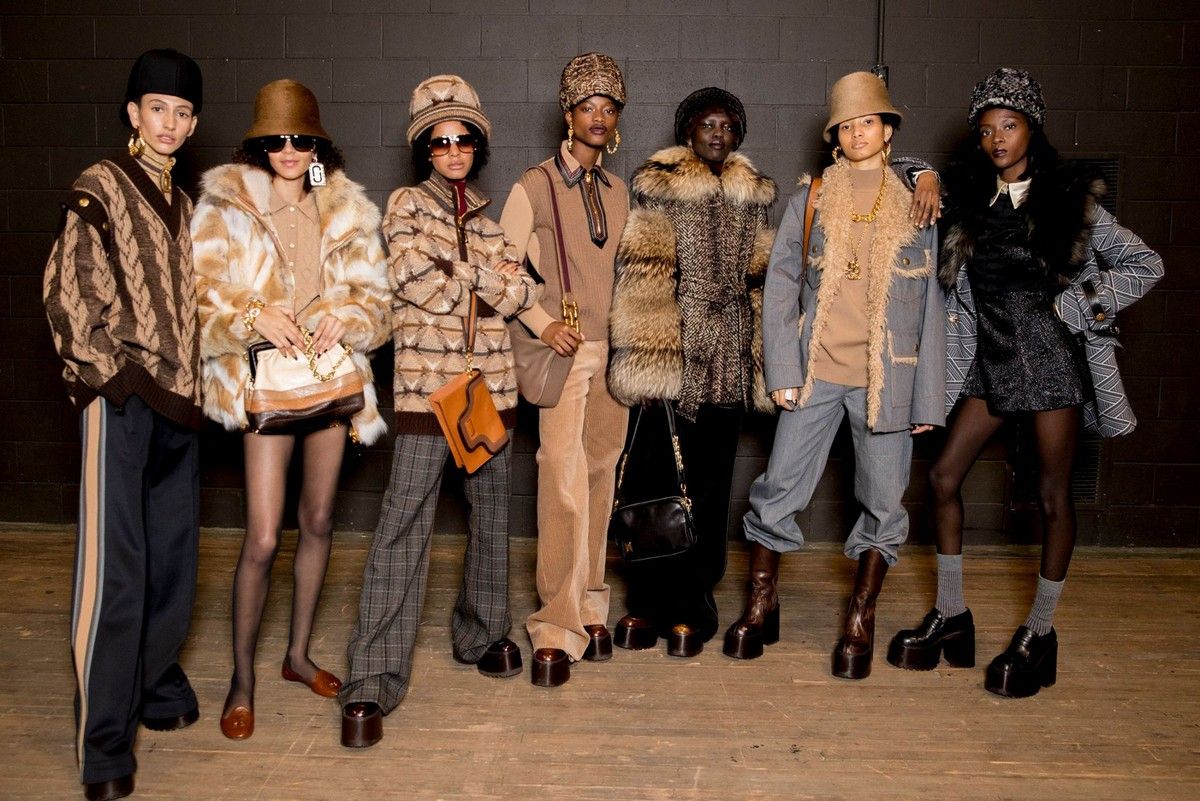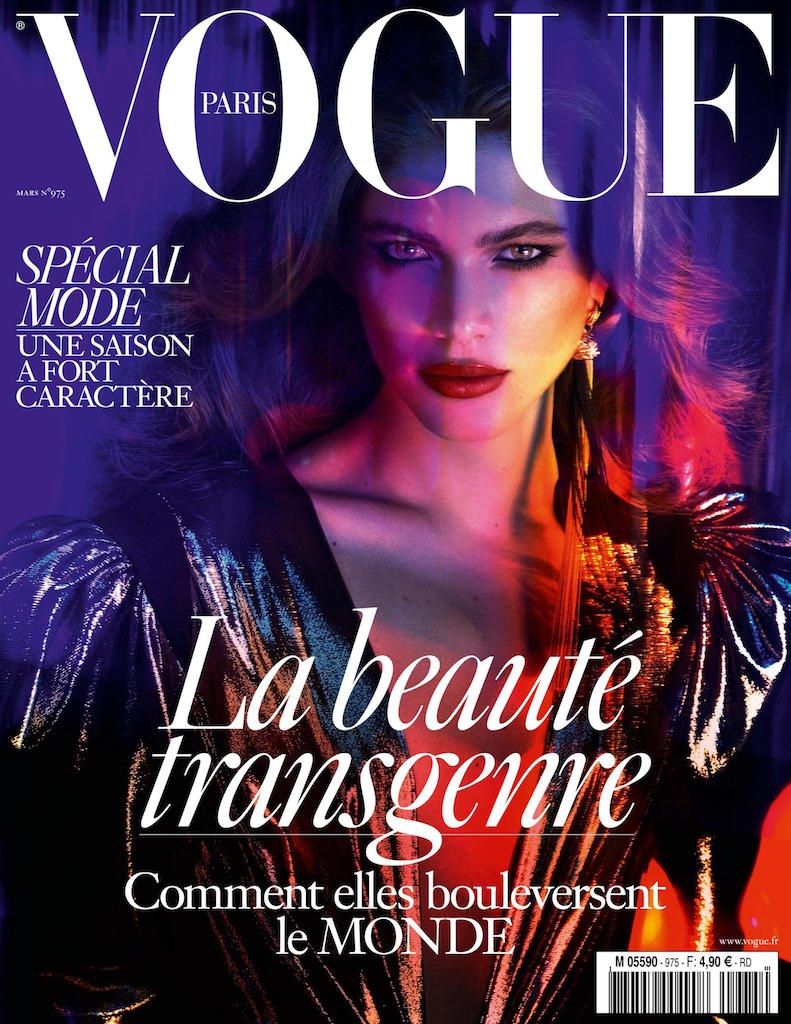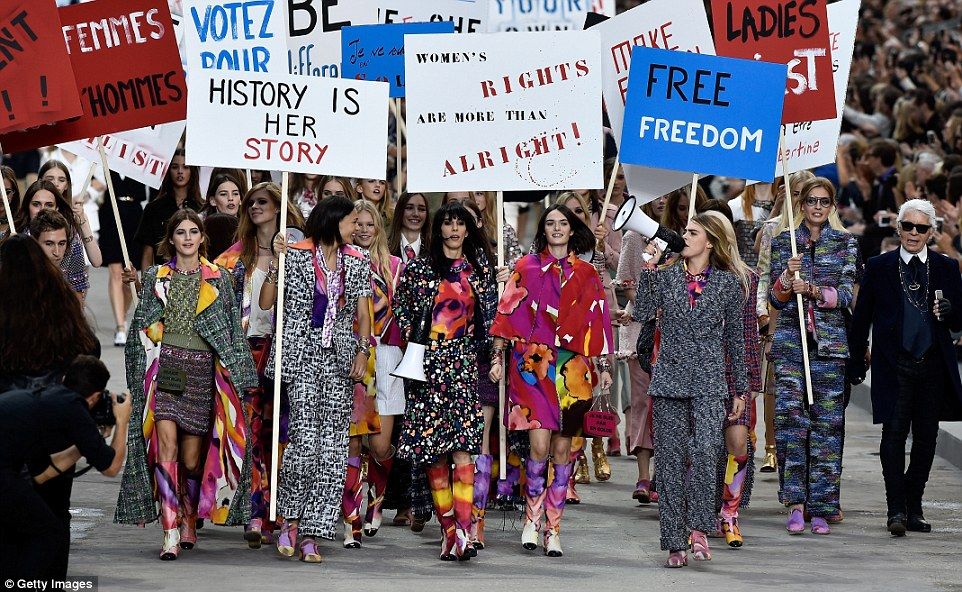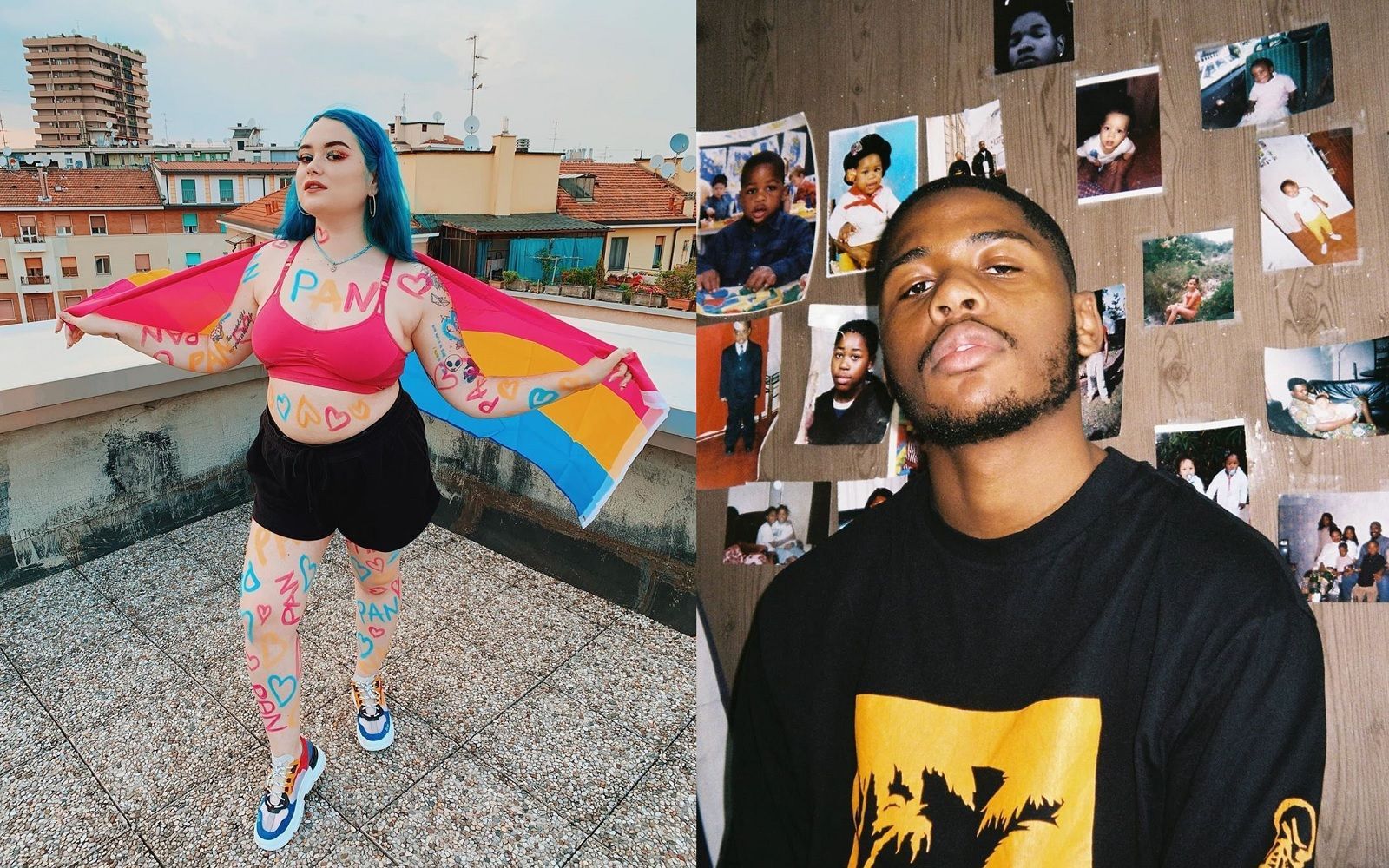
"Diversity" is the new trend that has marked the FW17 runaways After a month from the last fashion week we pulled the sums of what we saw on the runways
Fashion shows of FW17 collections ended less than a month ago and now it's time to draw conclusions of the recent four fashion weeks who have made our boring days more exciting. Maybe this season will not remember for a new emerging talent who reinvented the course of fashion or for some groundbreaking collection who will decide the future trends over the next six months. No, but FW 2017 collections have still marked a very turning point in the international fashion by launching something that is more important than a trend: the diversity.
I'm sure you remember the Over40 models who have walked for Vetements, Dries Van Noten and Simone Rocha, launching a veiled attack through the too-stereotyped beauty standards who want models (but also women) always young and flawless. Not only that, the FW17 season saw the emerging of another phenomenon who definitely made the hijab, Islamic women's veil, accepted by fashion. It was Kanye West the first who hired the model Halima Aden for his YEEZY Season 5 collection, who walked wearing a veil. The fact that Nike has launched its tech hijab for Islamic athletes shortly after is not a coincidence.
These are just few examples of the most significant changes who "have walked" during the last fashion weeks, but not the only ones. To grasp every little sign of changing who are shaking fashion, The Fashion Spot achieved an accurate statistical survey who shows how much FW17 collections have been in the spirit of diversity. Taking in exam the principal fashion capital cities, New York, Londra, Milano and Parigi, The Fashion Spot has analyzed 241 shows and 7.036 models. The numbers show that the last fashion weeks have had the highest rate of models of color – 27.9 % against the 25.4% SS17 season. In particular, it was New York who proposed the highest and most varied number of black models. Some examples? During the Gypsy Sport show the 87% of models were of colors, while the 77% at Chromat.
But the "diversity equality" has involved also another interesting phenomenon, namely the increase of the number of plus-size models during the shows, which however are still the 0.43% in the castings. We know that the question about the models' physical shape and the “thinness” standard is still a thorny issue, at the center of polemics cyclically, who seem to never reach a definite conclusion. But something is changing, slowly: New York has promoted body diversity by putting on runways 26 plus-size models – against the 16 of the SS17 season and the 4 of the FW16. Sadly, Europe has not the same opinion, still continuing to "marginalize" this body. But for Dolce & Gabbana 120 models of every kind of race, shape, and age have walked, and the two designers have always promoted a certain body diversity to represent every type of women. Another data that have to be noticed is the increasing inclusion of the transgender models, who conquered the 0.17% of presences during the collections of the four fashion cities and that led the Brazilian model Valentina Sampaio on the new Vogue Paris cover.
So, once again fashion is the mirror of society. The greater sensitivity to ethical and personal differences, but also the growing interest and acceptance of transgenders, have affected positively the fashion industry. It's true it's too early to say that a definitive and concrete revolution has happened, considering that there are many brands who "refuse" to hire multi-ethnical models or beauty standards still appear like traditional and rigid, but changes listed prove that something is moving. Maybe it will take years and years but shows of FW17 collections show that fashion really wants to reflect people and it can do it, whatever several differences they have.
















































